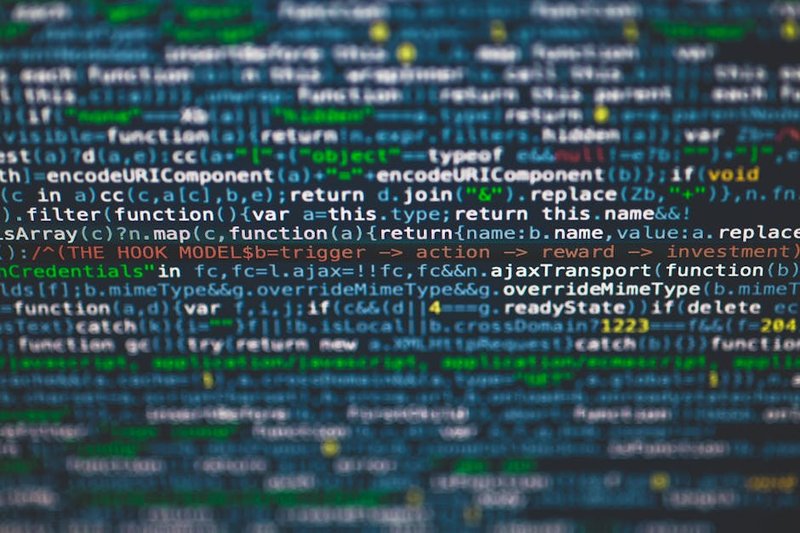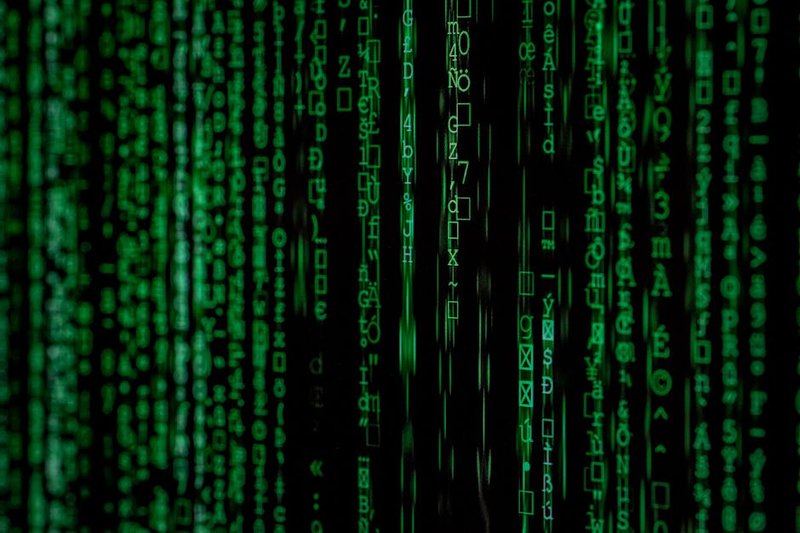In an age where our digital and physical realities have irreversibly merged, we stand at a precipice. I am James Griffith, and after two decades immersed in the cybersecurity battlefield, I’ve witnessed our collective vulnerability grow alongside our technological advancement. This is not merely another security whitepaper—it is a call to arms, a fundamental reimagining of how we approach the protection of our digital existence.
Security – THE FUNDAMENTAL TRUTHS
We must first acknowledge certain immutable truths about our current landscape:
-
The traditional security perimeter has not merely shifted—it has been obliterated. Every connected device, every data point, every digital interaction now represents both potential value and vulnerability.
-
Artificial intelligence has transformed from futuristic concept to present-day battlefield. Those who wielding it defensively must match the innovation of those exploiting it maliciously.
-
Human vigilance remains our most potent weapon, yet simultaneously our most exploitable weakness.
Security – THE NEW PARADIGM: ADAPTIVE RESILIENCE
The philosophy I propose rejects the binary notion of “secure versus compromised.” Instead, we must embrace adaptive resilience—a state of continuous evolution where systems learn, anticipate, and counteract threats in real-time.

This requires fundamental shifts in our approach:
I. Intelligence Amplification Over Automation – Security
The rush toward full automation creates brittle systems. True security lies in intelligence amplification—using AI to enhance human capability rather than replace it. AI assistants must serve as extensions of security teams, providing contextual awareness and pattern recognition beyond human capacity while preserving human judgment for critical decisions.
The Walmart “Wally” approach demonstrates this principle in action—automating routine tasks while empowering humans to focus on strategic thinking. In security contexts, this means AI handling data analysis while humans direct investigative focus.
II. Threat Hunting as Philosophy, Not Function – Security
We must abandon the reactive security posture. Threat hunting cannot be relegated to a specialized team or function—it must become an organizational philosophy. Every system, every process, every employee must embody the hunter’s mindset: constantly questioning, probing, and testing assumptions about our security.
This requires cultivating institutional paranoia as a virtue. Not the paralyzing paranoia that prevents innovation, but the constructive paranoia that drives continuous improvement.
III. Visibility Through Diversity
Homogenous security approaches create collective blind spots. True security visibility comes through deliberate diversity—in tools, methodologies, perspectives, and talent. When different systems with different detection philosophies monitor the same environment, the overlap provides confirmation while the differences illuminate blind spots.
The true innovation lies not in any single security technology but in the orchestration of diverse approaches that collectively provide a complete picture of our security landscape.
THE PRACTICAL IMPERATIVES
These philosophical shifts demand concrete changes to how we approach security:
1. Embrace Zero Knowledge Architecture
Trust nothing, verify everything. Zero Trust was merely the beginning. Zero Knowledge Architecture takes this further—systems should operate under the assumption that all components may be compromised at any time, limiting data access to only what is absolutely necessary for function.
This means:
– Minimized data collection and retention
– Compartmentalized access based on immediate need
– Continuous authentication and verification
– Ephemeral privileges that expire automatically
2. Cultivate Adversarial Thinking
Security teams must think like attackers. This goes beyond theoretical red-teaming exercises to embedding adversarial thinking throughout the development lifecycle. Every feature, every update, every change must be approached first from the perspective of how it might be exploited.
The most effective security professionals possess a dual mindset—the builder’s creativity coupled with the breaker’s ingenuity. We must train and recruit accordingly.
3. Prioritize Recovery Over Prevention
While prevention remains crucial, perfect prevention is impossible. The differentiator in modern security is not who can prevent all attacks, but who can recover most effectively when breaches occur. This means:
- Designing systems that fail gracefully
- Building redundancy and restoration capabilities
- Regular recovery drills and scenario planning
- Clear, practiced incident response procedures
4. Democratize Security Knowledge
Security cannot remain the exclusive domain of specialists. Every individual in an organization must understand fundamental security principles relevant to their role. This democratization of security knowledge creates a human mesh network of awareness that complements technical controls.

THE ETHICAL IMPERATIVES
With great technological power comes profound ethical responsibility:
I. Transparency Above All
When security incidents occur, transparency must be our default. The instinct to minimize, obfuscate, or delay disclosure serves only the attacker. Organizations must commit to prompt, clear communication about breaches—internally and externally.
II. Security as Human Right
We must recognize that in our connected world, security is not merely a business concern but a fundamental human right. The decisions we make about security directly impact individual autonomy, privacy, and safety.
III. Adversarial Collaboration
The greatest innovations will come not from competition but from adversarial collaboration—security professionals working alongside ethical hackers, sharing knowledge while maintaining creative tension that drives improvement.
THE CALL TO ACTION
This manifesto is meaningless without action. I call upon every security professional, every technology leader, every organization to:
-
Audit your security approach against these principles. Where do you fall short? Where are you still clinging to outdated security paradigms?
-
Invest in human capability alongside technological solutions. The most sophisticated AI is worthless without equally sophisticated human operators.
-
Build cross-functional security communities that break down silos between security teams, developers, business units, and external partners.
-
Practice radical transparency about your security posture, including public disclosure of your security philosophy and practices.
-
Advocate for security standards that embody these principles at national and international levels.
The digital frontier resembles the Wild West in its lawlessness, but unlike that historical period, there are no geographical boundaries to contain the chaos. Our collective security depends on elevating our approach beyond mere compliance or competitive advantage to a shared responsibility for our digital commons.
The future belongs to those who recognize that security is not a product to be purchased or a project to be completed, but a continuous practice—a discipline that requires constant vigilance, adaptation, and innovation. In embracing this philosophy, we don’t merely protect ourselves; we become stewards of a safer digital future for all.
This is not just how we survive in the age of AI-powered threats. This is how we thrive.



